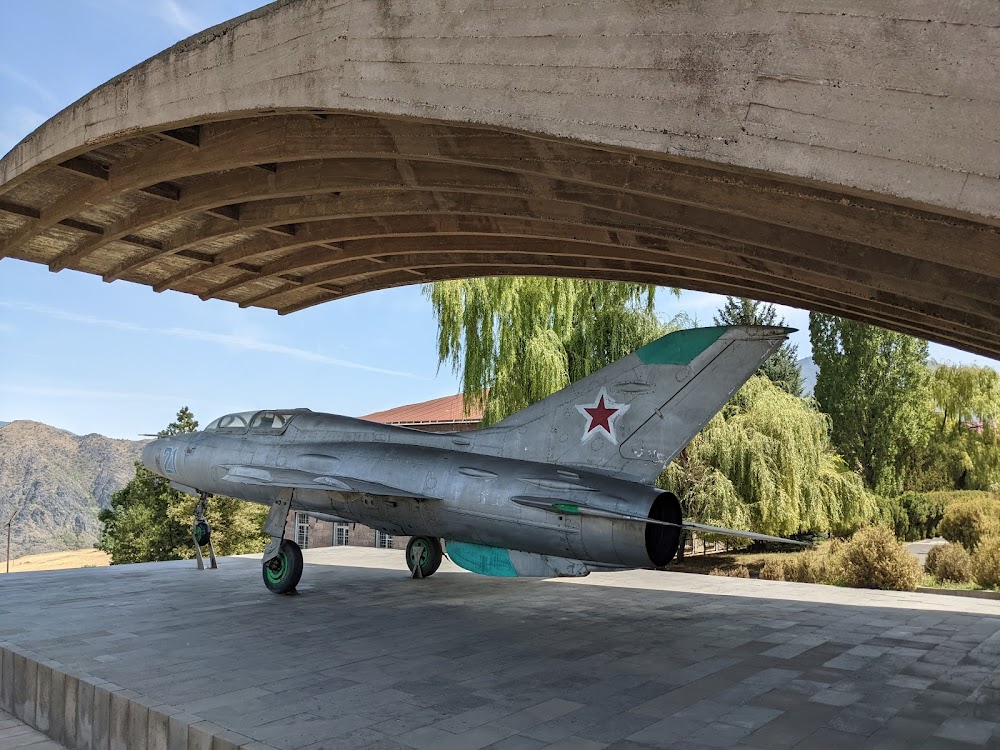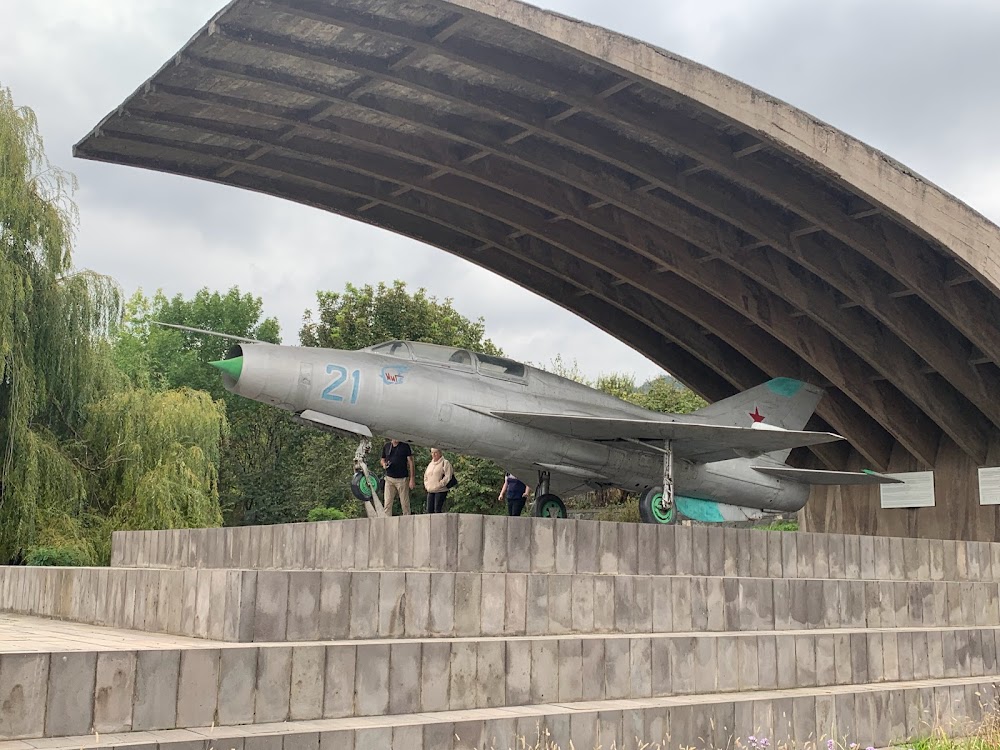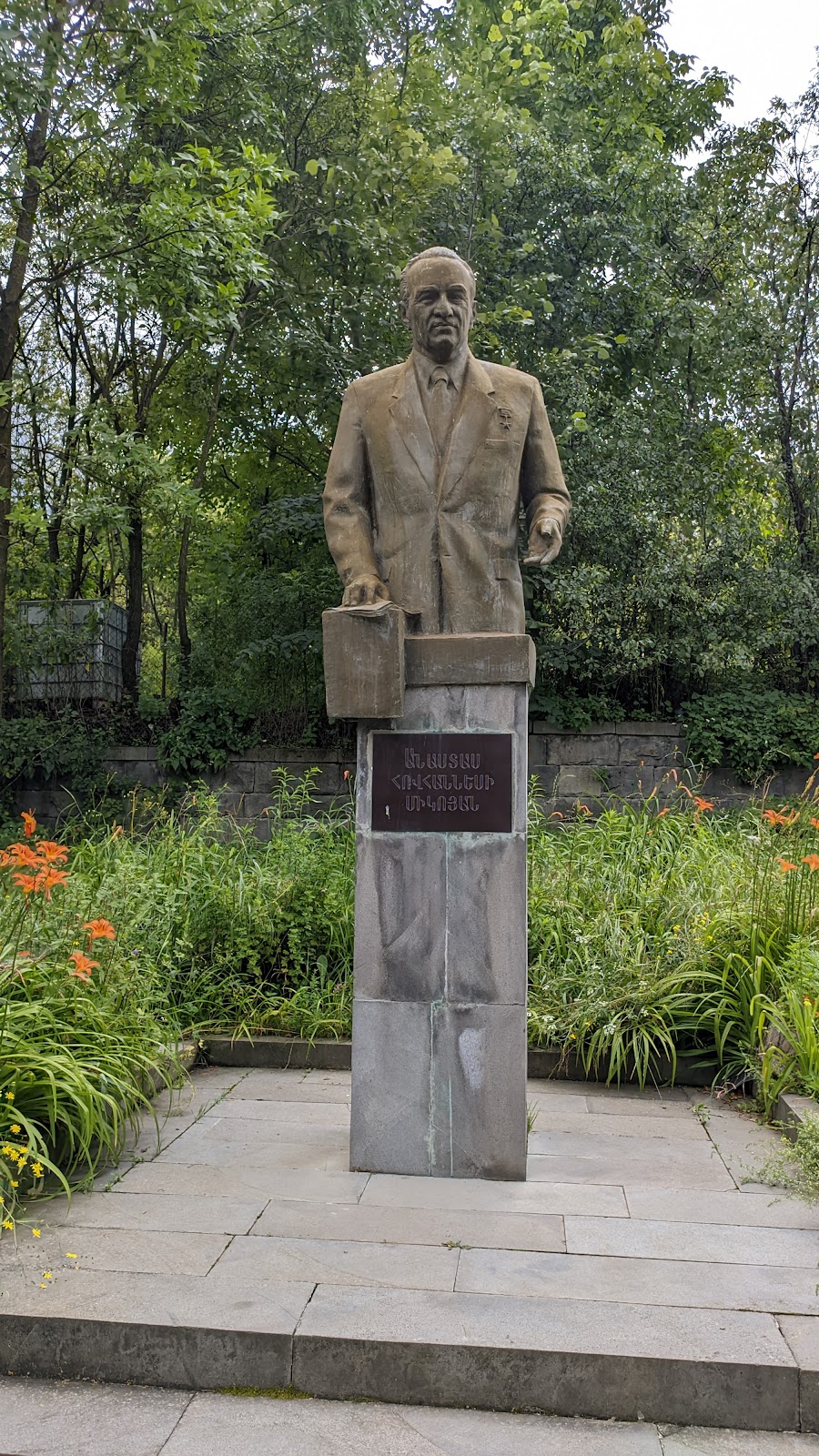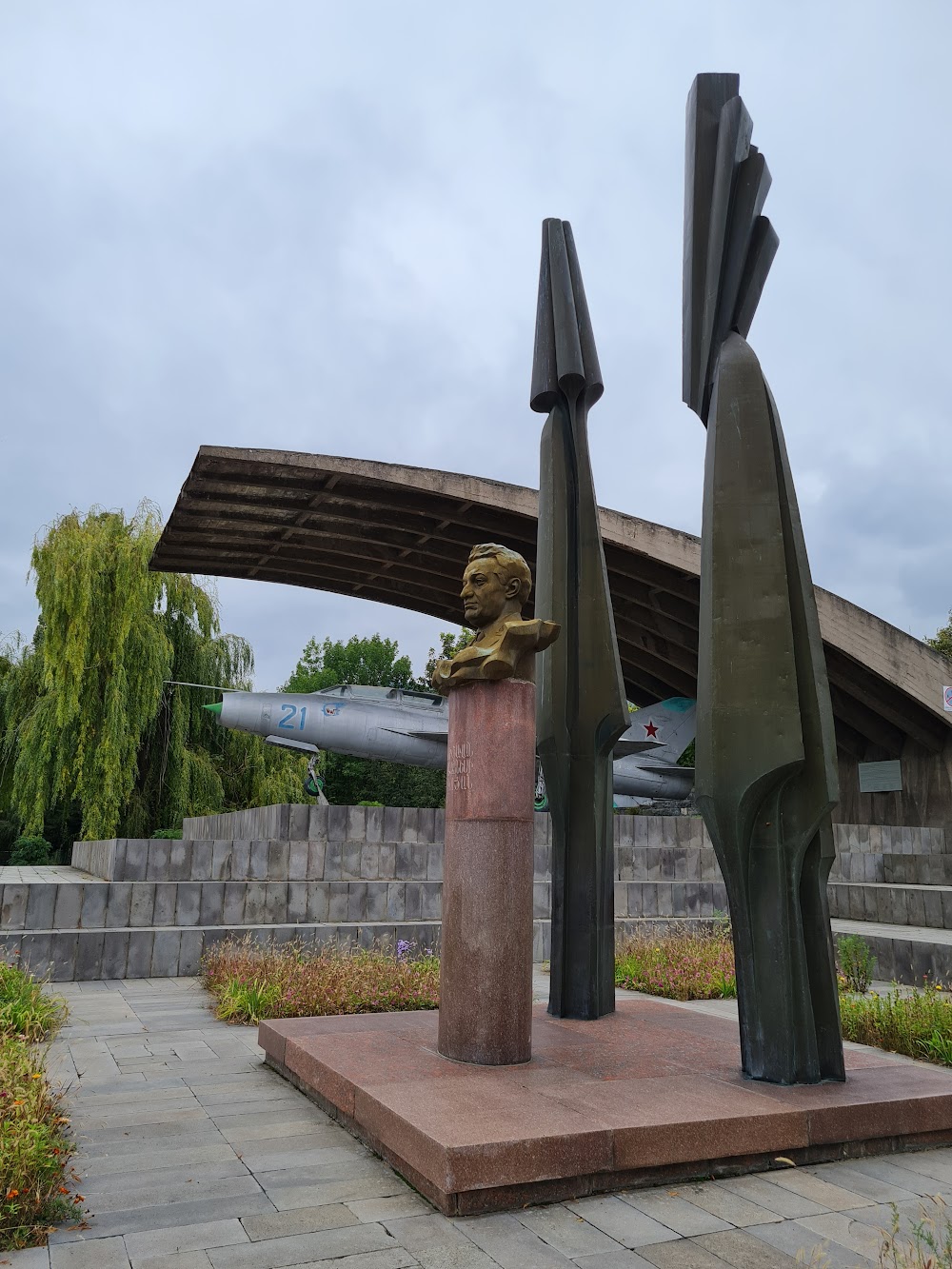Mikoyan Brothers Museum (Միկոյանների թանգարան)
Overview
The Mikoyan Brothers Museum is a captivating tribute to the lives and accomplishments of two remarkable Armenian siblings, Anastas and Artem Mikoyan. Nestled in the stunning Lori Region of Armenia, specifically in the picturesque village of Sanahin, this museum invites visitors to explore the remarkable legacies of these influential figures in history.
Anastas Mikoyan was a prominent political leader, while Artem Mikoyan gained fame as a distinguished aircraft designer. The museum beautifully encapsulates their substantial contributions to Soviet history and aerospace innovation. Housed in a twin-story building that serves as an essential cultural landmark in Sanahin, the museum enriches the village's historical and cultural heritage.
The establishment of the museum was the result of a collaborative effort between local authorities and historical preservationists. With backing from the Armenian government and various cultural organizations, the project began in the 1980s and officially opened its doors in 1995. Its architectural design harmonizes with traditional Armenian styles, combining modern functionality with historical aesthetics.
Stepping into the museum immerses visitors in the rich tapestry of 20th-century history. The first floor is dedicated primarily to Anastas Mikoyan, featuring an impressive collection of photographs, documents, and personal artifacts. Well-curated exhibits detail his extensive political career, spanning the pre-Stalin era to Khrushchev's leadership, highlighting his beliefs, achievements, and enduring global impact.
On the second floor, the focus shifts to Artem Mikoyan, the brilliant innovator behind several iconic Soviet aircraft. Aviation enthusiasts will find scaled models of MiG fighter jets, technical drawings, and personal items that shed light on his life and work. Noteworthy exhibits include the MiG-21 and MiG-29 models, celebrated milestones in aviation history.
A visit to the Mikoyan Brothers Museum is both educational and inspiring, enhanced by well-organized guided tours. These tours provide in-depth commentary on the exhibits, emphasizing important historical contexts and fascinating anecdotes about the brothers. Language options in English, Russian, and Armenian ensure that a diverse audience can appreciate the museum's offerings.
An additional highlight of the museum is its dedicated research room, where scholars and history buffs can delve into an extensive archive of documents and literature. This space offers abundant material for academic research and personal interest, including rare books and unpublished works, making it an invaluable resource for anyone intrigued by Soviet history or aviation.
The museum's outdoor area is equally engaging, featuring a lovely garden adorned with seasonal flowers and a statue of the Mikoyan brothers. This serene spot is popular for photographs, allowing visitors to reflect on the significant contributions made by the Mikoyans while enjoying the tranquil ambiance.
Throughout the year, the museum hosts various events and temporary exhibitions, bringing together historians, politicians, and engineers to celebrate the Mikoyan brothers' enduring legacy. These events keep the museum vibrant and relevant, continually drawing attention to the historical and cultural significance of the Mikoyan family.
Additionally, the museum shop offers a delightful range of memorabilia, including books, miniature models of MiG aircraft, and other souvenirs that allow visitors to take home tangible memories of their experience. Proceeds from the shop contribute to the maintenance of the museum and support ongoing projects and exhibitions.
In summary, the Mikoyan Brothers Museum is not merely a collection of historical artifacts; it stands as a testament to the lasting impact of Anastas and Artem Mikoyan. Through its exceptional curation and commitment to preserving history, the museum continues to be a beacon of cultural pride in the Lori Region of Armenia.






